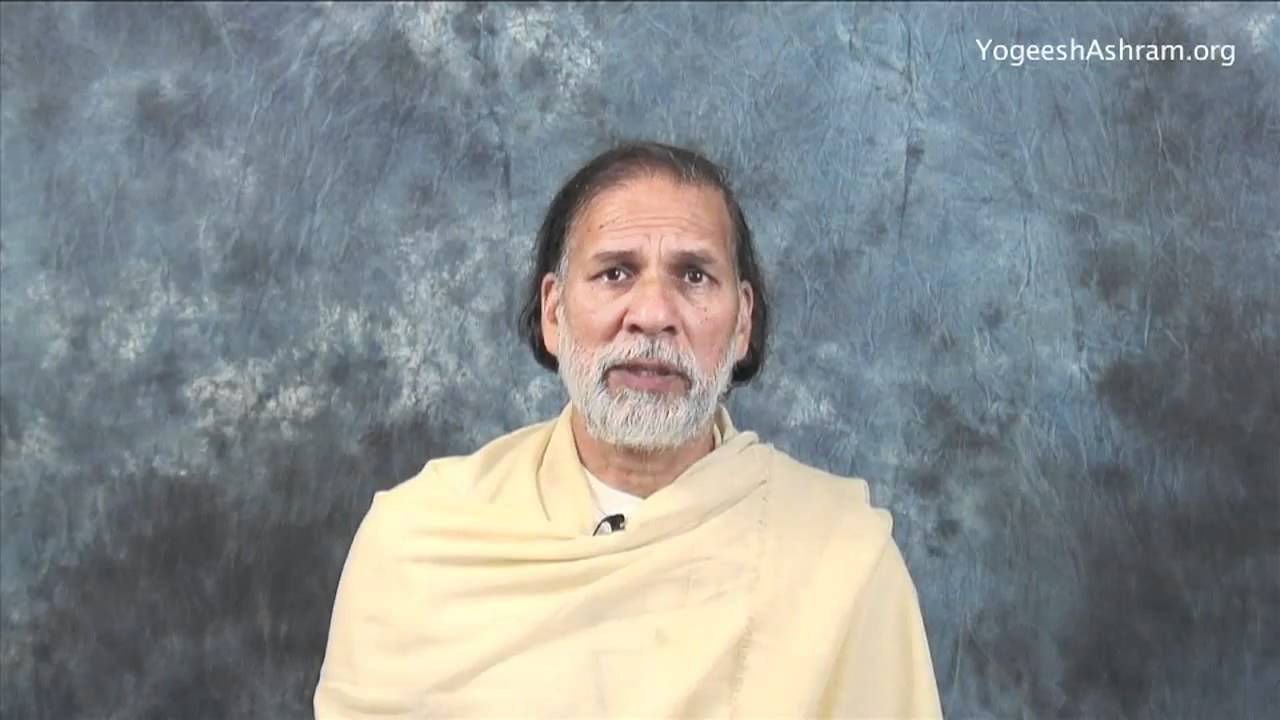Spiritual Lessons :
Project overview for my coming temple, where I will teach esoteric, spiritual and occult topics, practices and lessons. Donation link PayPal: https://secrets2meditation.com/goto/?url=http://www.payp…

Project overview for my coming temple, where I will teach esoteric, spiritual and occult topics, practices and lessons. Donation link PayPal: https://secrets2meditation.com/goto/?url=http://www.payp…
Article by Carmela M Turner
Today every second person who meets you speaks about yoga, its benefits and how it has helped him/her live a better organized and healthy life. You always listen to them and also wish to try it out yourself, but you have a question what is the principle on which yoga functions. What is it that has made it so popular and is so vastly accepted these days? Well here is an answer to all questions. In this article you can understand the principles of yoga. There are basically ten basic principles of yoga. Have a look at these principles that will help you understand the concept of Yoga. 1. Liberation: Yoga helps one to liberalize one. It helps one to free from one’s boundaries and reach to the higher limits. It helps one become something great an better than just being what we are. 2. Instruction/ Sharing: Yoga can be understood, its practices can be learned and its benefits can be known only when an instructor speaks about it. It is very important that whether in a yoga DVD or in a meditation or yoga retreat, the instructor should speak about Yoga and its practices. 3. Styles of Yoga: Every person has different requirements, strengths and weaknesses. Yoga also believes in this and thus has different styles catering to different people. There are many yoga styles. However here are seven most important styles of yoga: i) Raja: It is a royal yoga which aims at freedom through immense meditationii) Hatha: This is forceful yoga that liberalizes one through physical strength and transformations. iii) Jnana: It aims at developing the ability of differentiating between the unreal and real though wisdom yoga. iv) Karma: Liberation through one’s karma or deeds. v) Bhakti: It aims at surrendering oneself to the divine powers through devotional yoga. vi) Tantra: Continuity Yoga, though developing a visualization and an energy. vii) Mantra: Reciting the divine words such as ‘Om’, ‘Hari Om’, ‘Ram’, etc and attaining liberation. 4. Understanding and PracticesYoga can be understood and learned by a blend of theory and practices of yoga. In order to learn and understand yoga, it is important to understand the theory beneath it. Understanding and then regular practice of various postures of yoga will lead to strong physical and mental health. 5. Virtues of YogaYoga supports some virtues like nonviolence, kindness, truthfulness, compassion and abstention from any misconduct or theft. It aims at a positive and tranquil life. These virtues need to be incorporated in your life to attain the goals or aims of yoga. 6. Commitment: Follow yoga at a personal level or reach the advances of yoga, you need to committed of yoga. You need to have a strong will power to overcome your wrongful habits. It requires self-discipline, commitment and efforts at personal end. 7. A blend of Mental and physical practices: Relaxing and rejuvenating by mental and physical fitness and transformations.8. Focus: Having an aim and a strong focus is very essential in yoga. You need to focus yourself to achieve the benefits of yoga. 9. Avoid materialistic wishes:Free yourself from materialistic world and wishes and get back to the basic simple life. 10. Progress: Yoga is cumulative. It adds to it whatever you keep on learning and also adds to the benefits.
About the Author
carmelamturner is a expart of Yoga Retreats. She provide information about Seva and Seva
Article by Ace Smith
Have you ever gone to the beach and just looked at the sunset, smelled the saltiness of the sea in the air, felt the fineness of the sand beneath your feet? Have you ever sat beside a river and listened to the sound of rushing water? Or have you taken a quiet time and listened to the song of the birds of the air, or just concentrated on the voices of the crickets calling out to each other? Did you know that you were already meditating then, or did you just realize that truth now?
Many people meditate for different reasons: some to get away from the “realities” of life, some do so to relax, while others just want to be alone. Meditation is not limited by religion. Yes, there are religions that have meditation as one of their important practices, though they may call it by different names, but the concepts are the same. Buddhists, Zen Buddhists, those who practice Hinduism, Taoism, most of the other Eastern religions, these are the people who practice meditation because it is infused in their belief systems. Even Christians meditate in their own practice. So basically, whether you are a Hindu or a Christian, a business tycoon or a doctor, a student or a professional, whatever your religion, whatever your beliefs, whatever your gender, whoever you may be, you can and have every right to meditate.
Why do people meditate?
In many articles, it said there that meditation aids in the reduction of stress. Meditation strengthens our immune system and fortifies our body’s defenses. So in effect, meditation helps us not be sick and live longer lives. This fact has been the focus of many researches over the years, while even more developments are being discovered about meditation and health.
Originally, meditation techniques such as yoga and tai chi were used for clearing the mind and strengthening the spiritual energy. But as time passed, people became less interested in the meditation part and focused more on the body sculpting aspect. Yoga and tai chi became popular forms of exercise instead of just meditation techniques. Yoga and tai chi are often integrated into exercise routines for individuals or group sessions.
Aside from the physical goals meditation practitioners aim for, many persons meditate because of mental benefits. Even psychiatrists and behavioral psychologists use meditation to help calm their patients. In some cases, it helps them deal with traumatic experiences, overwhelming grief, and other emotional problems. Some persons who reach their retirement age use meditation to avoid ailments related to ageing, such as Alzheimer’s disease and muscular pain.
Professionals and students alike use meditation to improve their concentration. There have been studies that determined how meditation helps in cognitive receptiveness of its practitioners. They become more attentive and are able to retain more information through the help of meditative practice.
In relation to religion, meditation enabled practitioners to attain full enlightenment and a virtuous state of mind. It enables them to gain wisdom and a deeper understanding of the subconscious. It also enables them to achieve a higher level of spirituality, which results to qualities such as compassion, kindness, and all others.
About the Author
Ace Smith is a prolific writer touching base on topics like Technology, Travel, Health and others. For more information you can drop by his web sites that deals with: Credit & Finance, Africa and Jewelry.

This is Meditation Breathing
siddhayatan.org http siddhalishree.com Acharya Shree Yogeesh, a living enlightened master, explains what sadhana indicates. He addresses the adhering to matters -sanskrit translation (spiritual practices) -examples of sadhana -the value of sadhana -significance of effort in karma elimination -spiritual path is over and above theory, and more apply *tags* sadhana, spiritual practices, meditation, yoga, pranayama, breathing, mantras, fasting, silence, karma, spirituality, enlightenment, yogeesh ashram, acharya shree yogeesh, dwelling enlightened grasp, real truth seeker, self-control Sites: yogeeshashram.org http siddhalishree.com
Video Rating: five / five
Post by Frank Rodriguez
Meditation is the procedure by which you can go beyond the typical head to a deeper and tranquil state and self recognition. Meditation inculcates the art of reigning in your brain and shifts it from many distractions to a point of singular focus. Meditation is one of the paths to be 1 with God and attain the greatest spirituality with enlightenment. Buddhism hugely specializes in meditation strategies. Buddhist meditation assists to attain final eternal peace that every of us seems for in existence and beyond. Various meditation methods, this sort of as mindfulness meditation are suggested for apply by numerous Buddhist texts. For thousand decades these meditation strategies obtained refined and expanded to reach perfection. Concentration, mindfulness and tranquility are formulated with meditation.
Buddhist meditation is followed by the two Buddhists and non-Buddhists. In accordance to Buddhism philosophy, meditation is the road to attain enlightenment and nirvana.
Non- Buddhists adhere to the meditation tactics for effectively currently being, healthful existence and non spiritual purposes. For numerous aberrations of human thoughts, even healthcare science has adopted to these meditation techniques.
These meditation protocols have been adopted all above the globe for effectively currently being, wellness and spiritual causes. These tactics are free from authoritative rein and due to this they are extensively accepted.
In accordance to thervada purchase there are ninety meditation strategies to develop concentration. Similraly Tibetan purchase has diverse strategies which raises vionary strategy of the mind.
As per Pali Canon College of Buddhism, the 8 fold path preached by Buddha leads to the planet of meditation which in turn develops the right see, emphasis and concentration.
Buddhism has numerous inferences understands as suttas. One of the famous sutta is Sattipathana sutta. According to this sutta, Buddha has laid out 4 fundamental foundations in buy to attain mindfulness. The 1st one is ‘body’ also acknowledged as ‘kaya’. Kaya is made up of breathing, apparent comprehending, postures, repulsiveness of body, reflections on content components contemplations regarding to the cemetery. The second one particular is ‘feelings’ also acknowledged as ‘vedana’. The 3rd one particular is ‘mind’ recognized as ‘citta’. The fourth 1 is ‘mental contents’ known as ‘dhamma’. Dhamma is additional divided into aggregates, hindrances,sense-bases, aspects of enlightenment and the noble truths.
Buddha doctrine states that the two characteristics of the mind, serenity and insight are attained by means of meditation. They are recognized as the ‘swift messengers of nibbana’.
There are forty strategies of meditation that Buddha has preached. These methods of meditation build focus and consciousness. Buddha also suggested to decide on the strategy of meditation as per the requirement of the person needs and person mental frame. Advice is required to discover meditation from a experienced person.
Buddhist meditation techniques have also incorporated the greatest practices from other orders like Zongmi typology. Zongmi typology has been framed by the Chinese and other folks. As per them, all meditation strategies appear the exact same externally, but, they vary in motive and function internally. The finest known technique, mindfulness meditation is a extensively practiced form of meditation. The 5 types of meditative methods are Normal, Exterior Way, Small Car, Fantastic Car and Supreme Vehicle.
Kamalashila is the well-known instructor of the western Buddhist order. According to him, the five fundamental tactics of meditation are contemplation of impermanence, metta bhavana such as all 4 Brahma-viharas, mindfulness of breathing, six factor practice and contemplation of conditionality.
The Buddhist meditation practices are broadly various to fit person choice and needs. You can pick the apply most related to your needs and apply them to attain great health, effectively getting and spirituality.
About the Author
You can locate much more detail as it relates to meditation sorts and tactics at the website. Everything from meditation for novices to a lot more sophisticated techniques are coated.